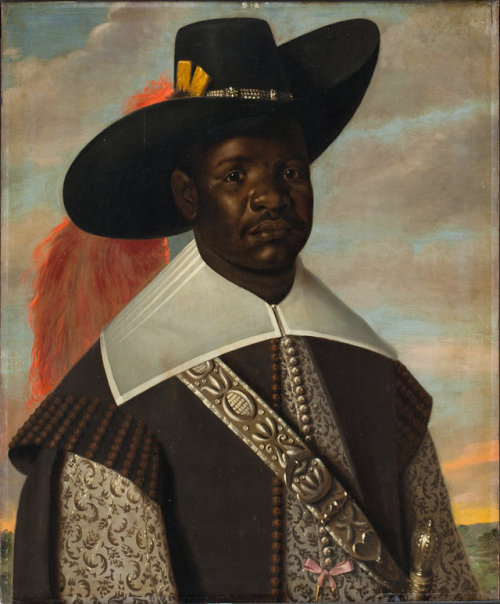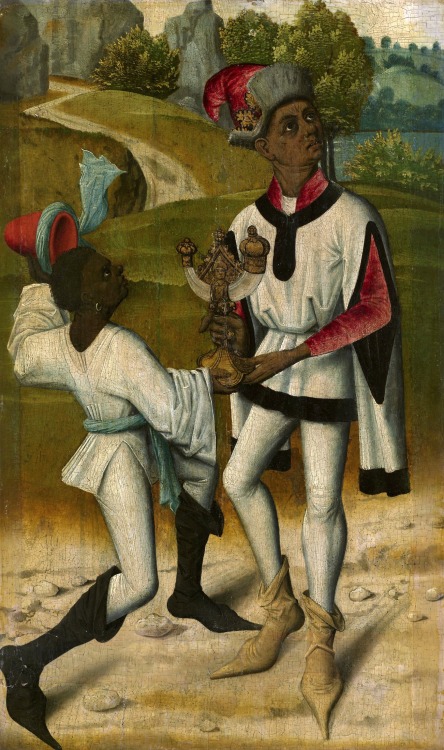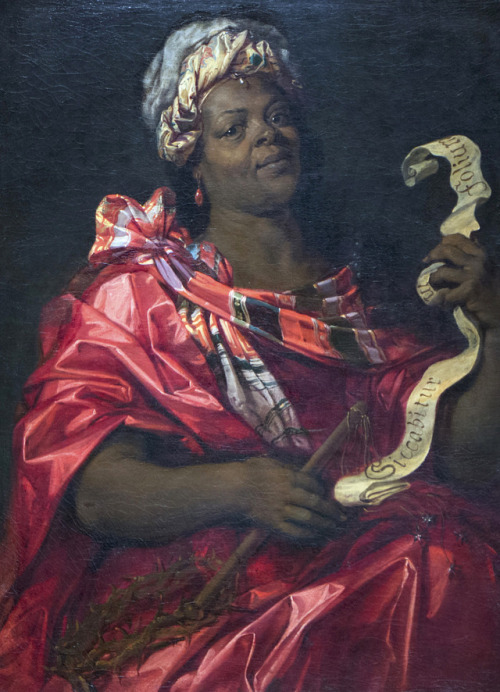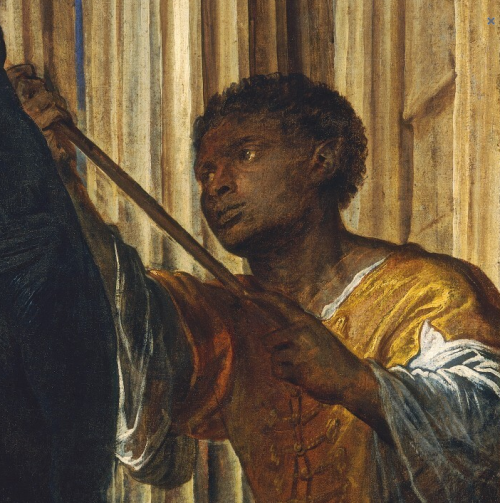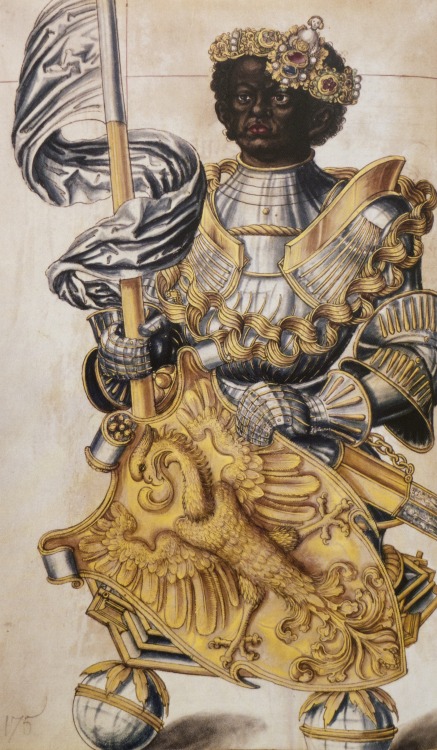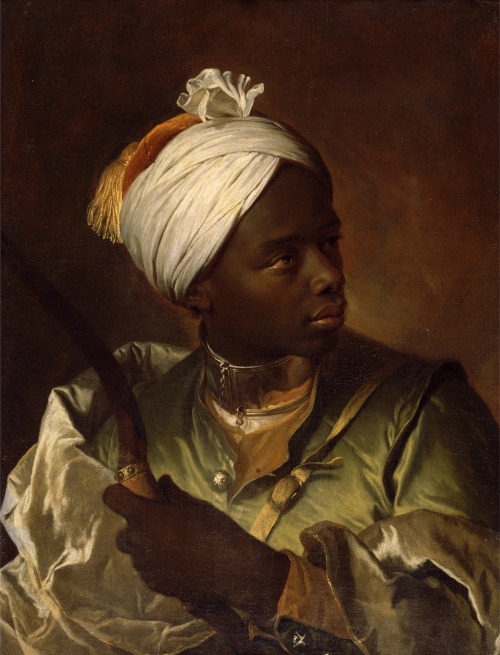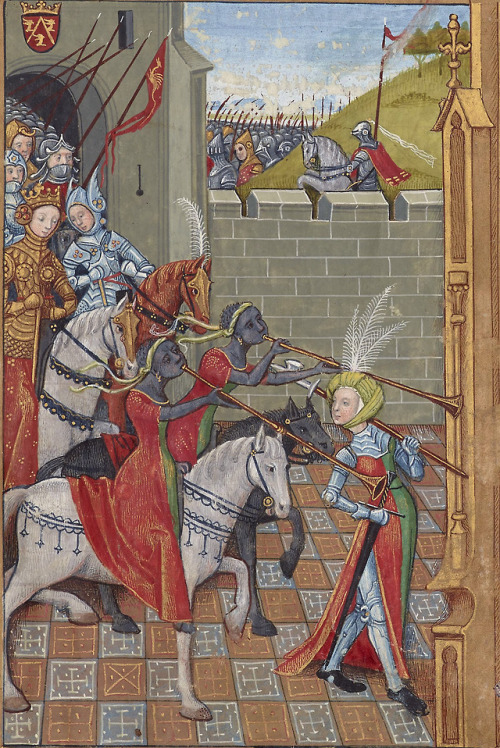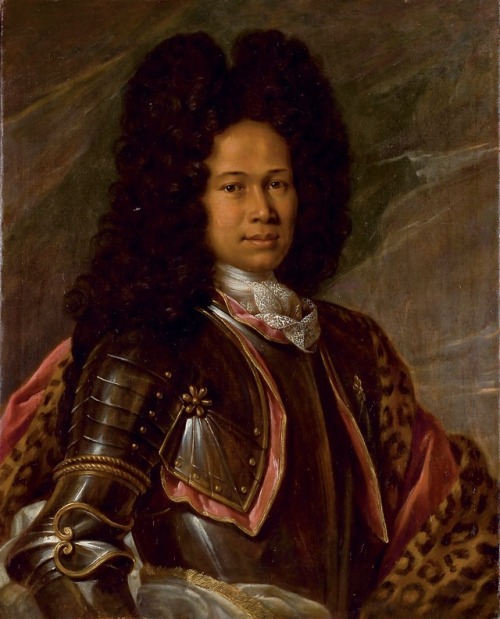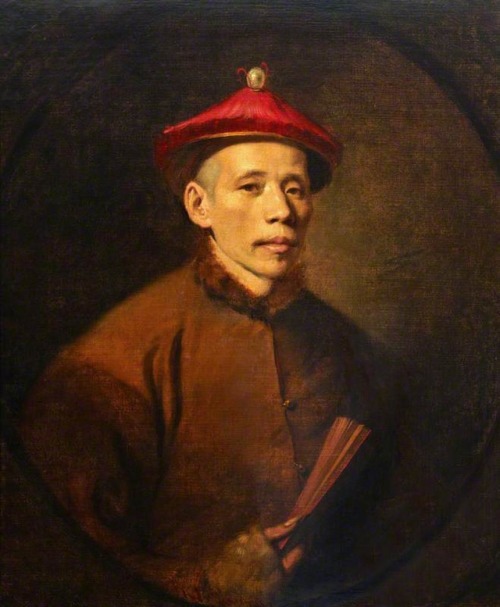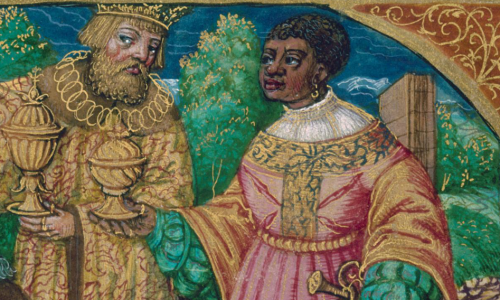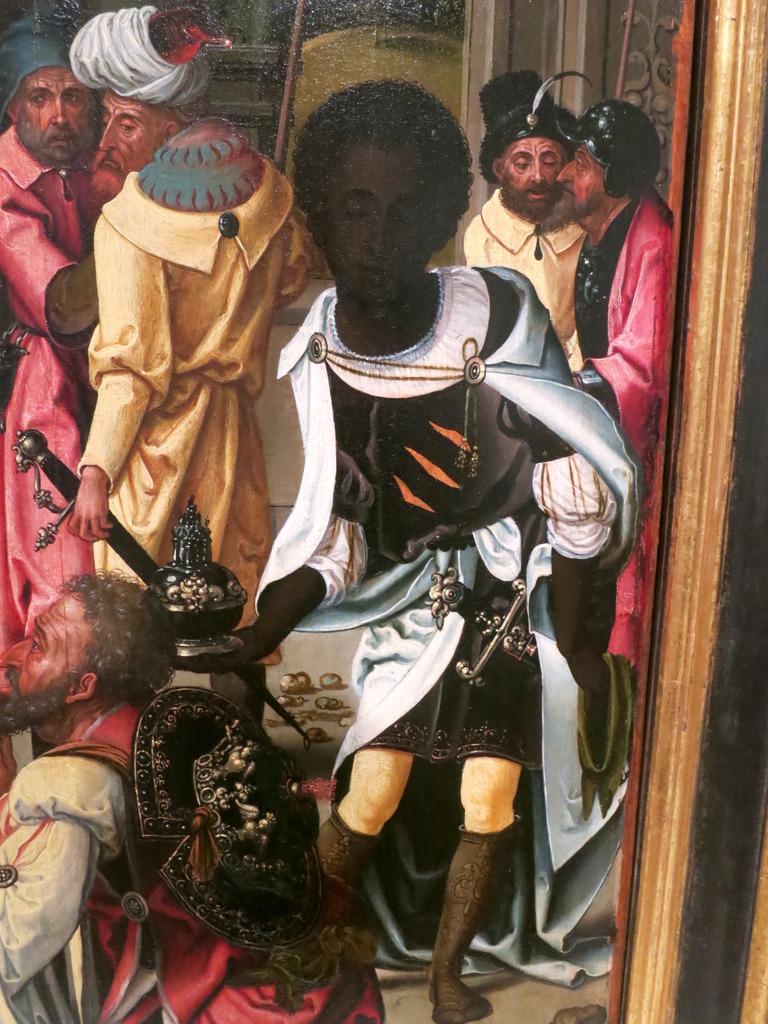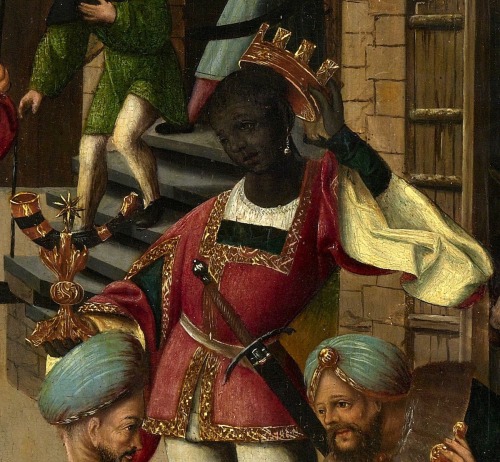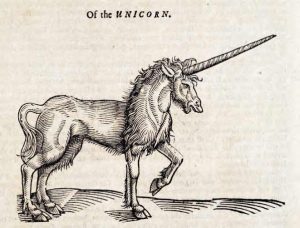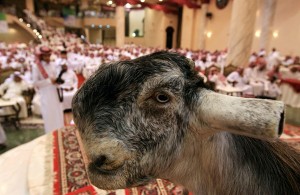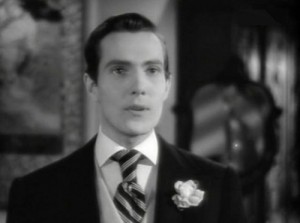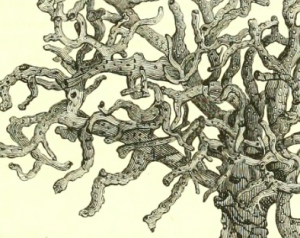People of Color in European Art History
I’ve recently been reading a series of articles on race, racism, and the Middle Ages. They’re a fascinating read, and I recommend taking a look.
The articles were written in response to the Far Right’s long-lived and growing passion for their own, odd interpretation of this time period.
Groups like the BNP, when they were in existence, UKIP, and EDL often use some type of medieval reference in their paraphernalia. Some bloke in armour with a sword looking victorious, for instance.
These groups hark back to a time in history when each country looked after itself, immigration was nonexistent, and everyone was incredibly valiant and brave. Of course, this time never existed; it’s just a fantasy fueled by wishful thinking, Hollywood, and BBC dramas.
This muddy imagery annoys researchers who are interested in the actual history of the Middle Ages. Proper historians often dismay of the term “Dark Ages,” much preferring the term Middle Ages. They argue, sensibly, that much happened in this time period that is worthy of note. It wasn’t all turnips and mud.
The right-wing history-distorters take this one step further, referring to the Enlightenment that followed as the “Dark Enlightenment.” Their twisted view is that the Enlightenment was the birth of terrible new ideas such as equality, marking the start of the downfall of Western society.
In these bigots minds’, the Middle Ages only happened in Western Europe, and England was the all-round top-notch winners. In reality, that’s nonsense.
Within one of these articles, the author links to an excellent Tumblr account called People of Color in European Art History which does exactly what it says in the H1.
Aside from busting some bigot-driven myths, the paintings are a beauty to behold. Here are some of the best:

